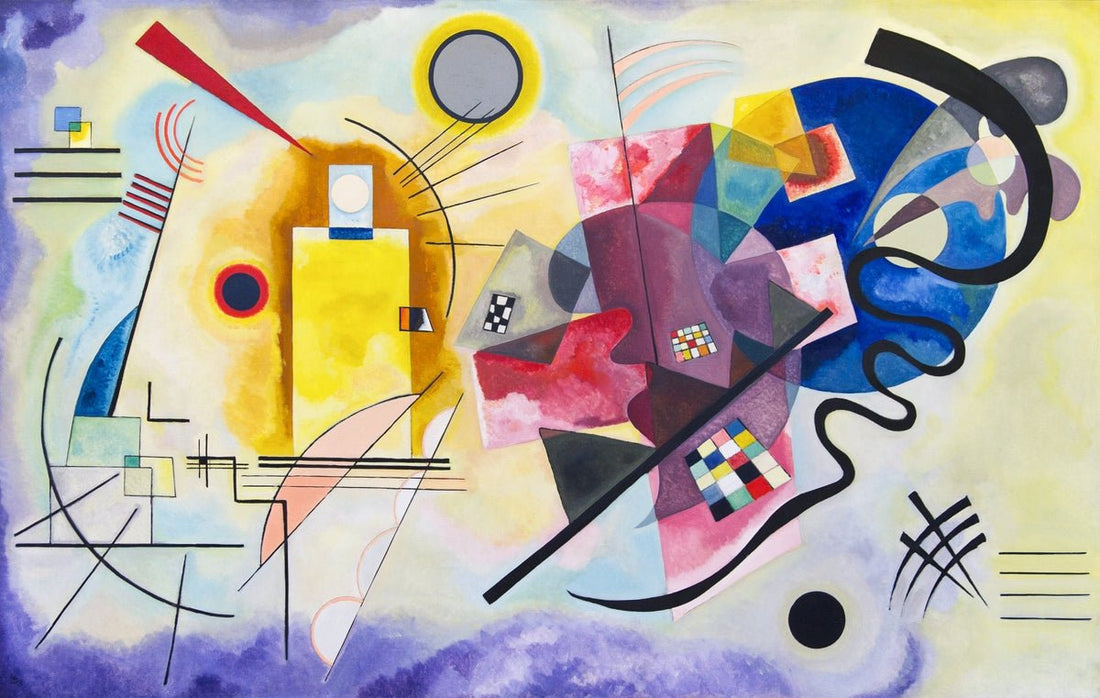
The Difference Between Classic Art and Contemporary Art: Why It Matters
Art has always been a reflection of society, a medium to express emotions, ideas, and histories. Throughout history, art movements have evolved, shaping the world in different ways. While classic art (often referred to as fine art or traditional art) and contemporary art might seem distant, they are connected by their role in this ongoing conversation. However, many people find contemporary art, in particular, hard to understand, and it's worth exploring why that is and why we should care about it.
Classic Art vs. Contemporary Art
Classic art refers to works created in earlier periods, from the Renaissance to the early 20th century. This category includes masterpieces from artists like Leonardo da Vinci, Vincent van Gogh, and Michelangelo. These works are typically rooted in realism, with a focus on detailed representation and emotional depth. Whether in painting, sculpture, or architecture, classic art often follows traditional techniques and aims to depict reality, emotions, or spiritual themes.
Contemporary art, on the other hand, refers to art produced from the mid-20th century onwards. This includes a wide range of styles, mediums, and ideas. Unlike its predecessors, contemporary art is not confined by traditional methods or forms. It embraces experimentation, abstraction, and conceptualism. Artists such as Damien Hirst, Banksy, and Jeff Koons push boundaries with installations, digital works, and performance art.
Why Is Contemporary Art Hard to Understand?
The challenge with contemporary art is that it often lacks a clear narrative or recognizable subject matter. Traditional art usually offers viewers a sense of familiarity—a landscape, a portrait, a story. Contemporary art, in contrast, can be abstract, fragmented, or even deliberately obscure, requiring viewers to interpret the artwork through their own experiences and emotions.
Additionally, the concept behind the piece may carry more weight than the visual or technical execution. Contemporary artists often focus on provoking thought, questioning societal norms, or critiquing politics, which can leave audiences feeling uncertain about the meaning or purpose of the work.
Why Should We Embrace Contemporary Art?
While contemporary art can be challenging, it’s an important reflection of our times. It pushes us to think critically about the world around us and helps us see the familiar in new ways. It also encourages personal interpretation, making art more interactive and accessible to a wider audience. By embracing contemporary art, we are engaging with the present, not just the past, and contributing to the ongoing evolution of creative expression.
In short, while classic art grounds us in history, contemporary art invites us to explore the now—and that’s something worth understanding.
